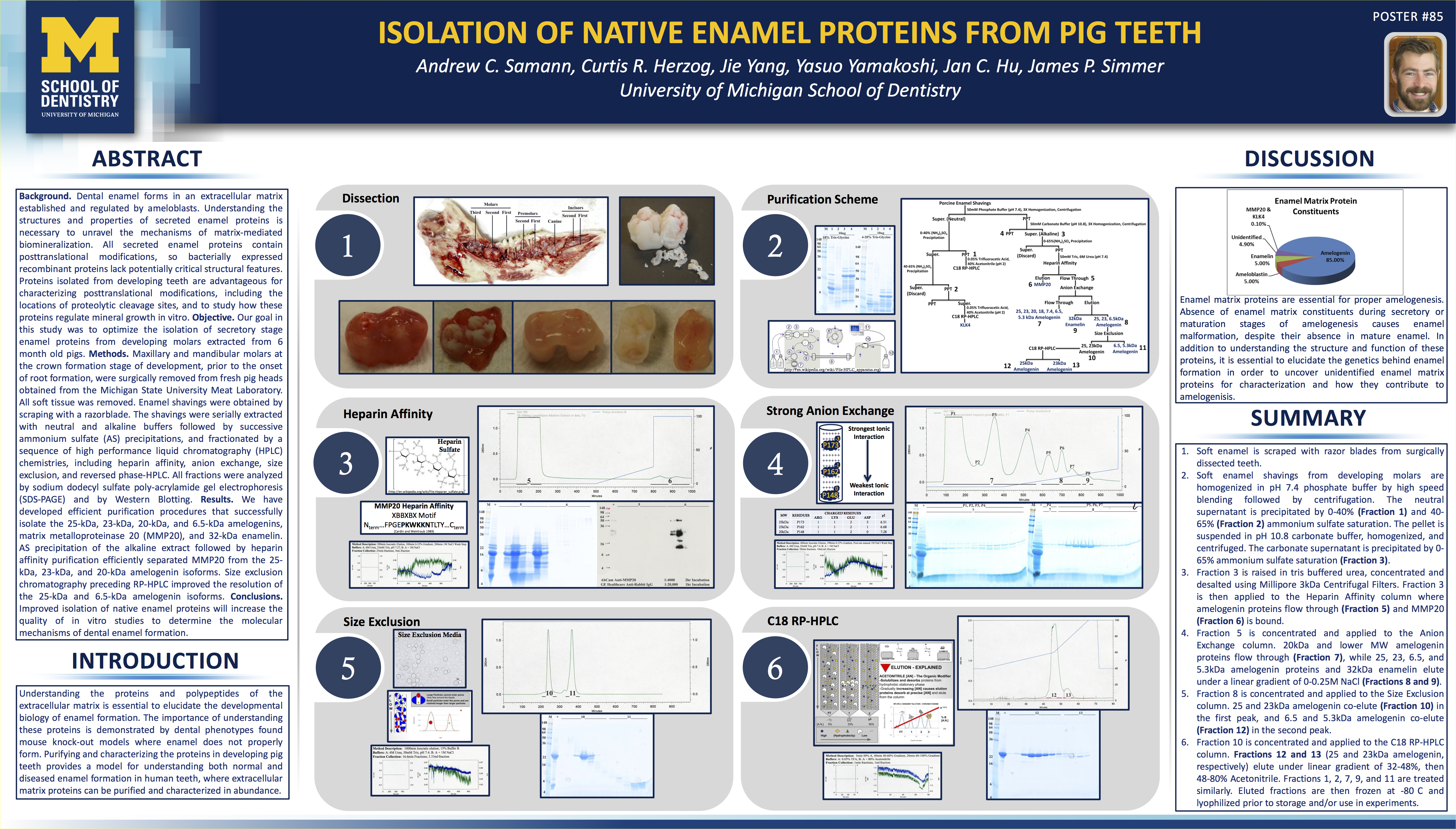I’ve been in Denver for about 6 months now. It’s an awesome place where I keep meeting more and more people in the industry. If you’re looking to get into the industry, this is the place to be, if you’ve got the hustle.
I had the pleasure of meeting a fellow chemist, master grower, and consultant, Christopher Sloper a few weeks ago. He came in to advise on some issues at a site I’m working at, and he brought along a few copies of his book, “The LED Grow Book – Better. Easier. Less Watts.”
In Christopher’s book, he describes LED lights, how they work, why they work, and finally how to work with them. His book, however, goes much further than that as he explains his growing philosophy.
The book focuses on the basics to successfully cultivate cannabis under LED lights. His Good Gardening Practices (GGP) set the tone of his methods.
The reasons why LED Lights are a win:
LED lights can be designed to drive photosynthesis and photomorphogenesis to levels greater than HPS while using much less watts.
Not only can LED lights deliver the proper PAR (photosynthetically active radiation) levels for plants, they also distribute the light properly by focusing the light downward, rather than in all directions. This reduces the wasted photons scattered into the open environment, and focuses the light on the plants.
LEDs dramatically reduce the amount of energy used compared to old High Intensity Discharge technology. Add in that the cost of electricity is only going up, and you again seal another reason to go LED.
LEDs are easy to use because of their low heat emissions, and take away the need to use expensive and cumbersome air conditioning units. A huge win!
Myths about LED Grow Lights
Christopher busts down the myth that lumens are proportional to photosynthesis. To be clear, photosynthesis is directly related to the number of photons the plants receive. Christopher describes the concept of PPFD (photosynthetic photo flux density) which is the proper way to describe how many PAR photons are hitting a given surface of plant at any point in time.
Christopher busts several other myths about the perceived benefits of LEDs and clarifies arguments both for and against the new technology.
How LED Grow Lights work
Christopher explains the exact mechanics of how an LED emitter works. From the point of power going into device, to how photons are released, to how those photons are focused towards the plants, the explanation sets up the understanding for how LEDs function.
Christopher goes on to discuss how LEDs can be controlled. They produce less heat because they don’t operate in the Infrared (IR) region of the light spectrum. This leads to discussing if LEDs need tunable spectrums, and how this changes the need for gardeners to optimize the height of the light relative to the canopy.
LEDs do not put out the same amount of heat to generate the same light levels as other technologies, and therefore greatly reduce one of the most important considerations for properly controlling the growing environment – air conditioning. This saves energy and major complications of installing expensive systems that may only be used for a short amount of time.
Safety also hits the radar with LED lights – the chance of killing your garden due to overheating caused by failed ventilation or air conditioning is greatly reduced, not to mention the chance of burning your operation down due to fire.
LEDs and Photosynthesis
This section is where a chemist or biochemist can geek out, where it’s explained how photosynthesis works when using LED grow lights. He explains the chemistry of photosynthesis, how the different light waves affect the photoperiod and light signaling for inducing flowering as well as the growth characteristics.
Choosing an LED Light
This is where it gets into all the details you must consider when choosing an LED light. This is a very important section, and I hope all readers would pay close attention to it. Making the right choices here will greatly improve your chances of success.
The first consideration is the size of your garden, and your gardening goals. Are you a hobbyist, small commercial, or large commercial gardener?
Next up, what wavelengths do you need? Depending on your needs, you can focus on specific light absorbing molecules within the plant, and thereby increase different growth characteristics. This is an essential question for truly dialing in the growth of your plants – are you trying to veg the strongest plants, or grow out the biggest possible buds? This section alone may be worth the cost of book.
Downstream considerations look into the physical construction of the LEDs. What is the beam angle that best serves your gardening needs? 90˚ or 45˚? Tall plants, or short plants?
Heat is still an issue with LEDs – you’re running electricity into a box that converts it to light, and no device is able to turn all that energy into light – some of it will be converted to heat energy. The LED you choose should have the appropriate cooling system by way of heat sinks. Making the right choice here will make a big difference in the lifetime of the light.
While HID lamps have a ballast, LEDs have drivers. There are different types of drivers – cheap equipment will have a resistor based driver that can easily break over time due to temperature shifts. Constant current drivers, however, can produce a completely different result – their output is not dependent upon temperature, which means that a constant brightness is achieved regardless of environmental temperature. This is an important consideration I wouldn’t have realized, had I not read this book.
LED Emitters
“Not all LED emitters are created equal,” and is dependent on the manufacturing process. Was emitter quality the manufacturer’s goal, or was it cost savings? Well, you can tell by paying attention to the BIN codes, according to Christopher.
LED Grow Light Designs
Christopher discusses the four different types of LED Grow Light Designs.
Single-Surface LED Grow Lights, LED Light Heads, Clusters/Rosettes, and Tube-Style LED Bars are all thoroughly explained, and the considerations for using each of the different types. Christopher tells you the advantages, disadvantages, and what to look for in each of the different designs. This is an important consideration, and will give you the knowledge you need before you drop the money to buy your own LED lights.
How many LED grow lights do you need?
Another very important consideration. Ultimately, this is dependent on your gardening goals. Christopher explains the considerations, and how you should think about the options that will make the best choices for your garden.
There is much information that fills in between the choice of the light you use and the way you garden. Christopher points out many concepts that you should be familiar with to successfully cultivate cannabis.
It turns out that Christopher’s gardening philosophy lines up very well with the goals of Orion GMP and Hemphacker – here it is in one sentence: “Quality per Harvest/Gardening Zen.” I love this! “Indoor gardening is about the largest quantity of the best quality you can for the least expenditure of resources.” Do yourself a favor and paint that on the wall next to your garden – think about it every time you face a decision, and ask yourself how that decision will affect the end product.


